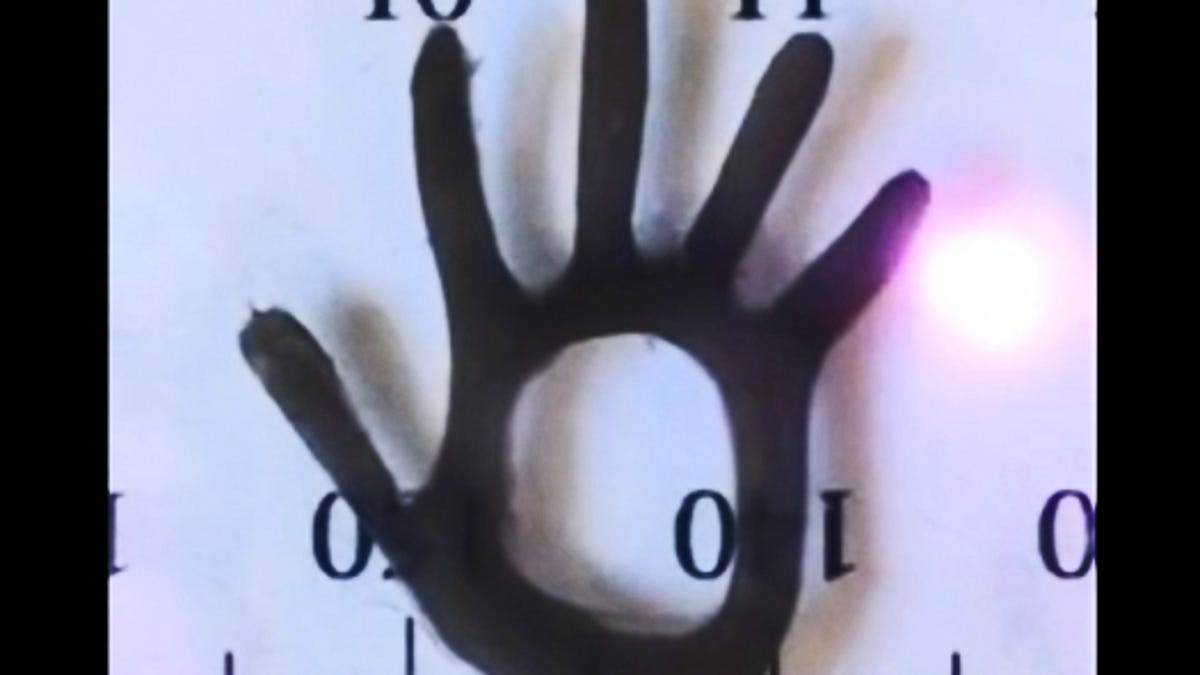Shape-shifting hydrogel takes cue from plants, moves to light
Soft robotics, typically inspired by octopuses, starfish, and squid, could get a boon from plants thanks to a new hydrogel out of Berkeley.

The emerging field of soft robotics, which involves mimicking the squishiness and stickiness of such creatures as octopuses, starfish, and squid, may be taking its next cue from a different source: plants.
Researchers at the University of California at Berkeley describe in the journal Nano Letters a new hydrogel that, inspired by phototropism (the phenomenon of plants moving toward light), can actually expand and shrink in a very controlled fashion via light.
"Shape-changing gels such as ours could have applications for drug delivery and tissue engineering," principal investigator Seung-Wuk Lee, associated professor of bioengineering, said in a school news release. (Lee is perhaps best known for his work in harvesting electricity from viruses.)
In this study, Lee and his team used two materials -- elastic, synthetic proteins and graphene -- to form the hydrogel. Sheets of graphene, which are just one atom thick and, when stacked, form graphite (think pencil lead), generate heat when exposed to near-infrared light. The synthetic proteins release water when heated and absorb it when cooled, hence the expanding and shrinking properties of the gel.
The team designed the biopolymer to be more porous on one side than the other so that one side absorbed and released water faster than the other. "Because the gels shrank unevenly, the material bent when the light hit it," Lee said. "We used these bending motions to demonstrate a hand-shaped hydrogel that exhibited joint-like articulation when exposed to light."
The work is still very preliminary, but this proof of concept is exciting nonetheless. Check out the video below; the manipulation is immediate.

